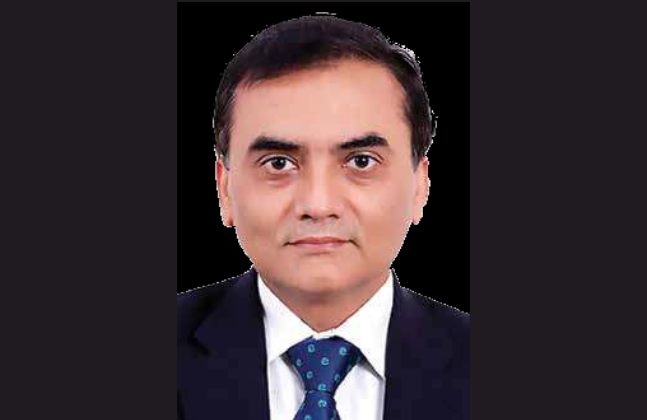“Our strength lies in securing raw material supply,” says V K Sinha, Chief Operating Officer, Paradeep Phosphates Ltd, as he elaborates on the company’s expansion plans to increase output and secure raw material supply “
QHow the fertiliser market in India is and what do you see in the future?
The fertiliser business in India is pretty good. It all depends on the government policies. The industry in our country is a bit regulated. Today India has more than double agricultural land as compared to China, but our consumption of fertiliser is almost one-fourth of China. Calculating our fertiliser consumption, the national average would be 136-140 kg per hectare, whereas China’s consumption is about 400 kg per hectare. China’s yield is three times more than ours.
If we look at the consumption pattern in the western zone (Haryana, Punjab, Rajasthan… etc) there the fertiliser consumption is much higher, as compared to the eastern zone where it is 65-68 kg per hectare.
QIn absolute terms what will be the consumption of fertilisers?
In absolute terms 30 million tonnes of urea and 20 million tonnes of phosphatic fertiliser are consumed in India, and the rest is potash. DAP consumption is about 12 million tonnes, NPK will be 7 million tonnes. Direct application of potash is around 4 million tonnes. The growth in usage of urea is more or less stagnant.
QHow much urea do you produce?
We produce 25 million tonnes of urea and 5-6 million tonnes is imported. Even if it is produced in our country, our gas prices are really high. We do not have natural gas which is essential for producing urea. We import LNG which costs about $275 per ton.
QAre the phosphatic fertilisers completely produced in India or certain quantities are imported as well?
About 30 per cent of the phosphatic fertiliser is imported. All the raw material for phosphatic fertiliser like ammonia, phosphoric acid, rock phosphate and potash are imported. So, while we are producing the fertiliser here, but we are importing the raw material. The freshness of the product is also very important, because we cannot store the raw material at the ports due to dust, moisture and other impurities that may contaminate the products.
QWhat are your expansion plans?
We acquired PPL in 2002 and at that time it was a sick unit. In 2014 we brought this company back into the black. Earlier PPL had never touched an output of 320 thousand tonnes of fertilizer. The same facility is now making 13 lakh tonnes of fertilizer. OCP had become our partner so they helped us with supply of raw material. We are in the process of increasing our capacity to reach 1.7 million tonnes by 2020. For this we have lined up an investment of `3200 crores in the next 3-4 years. By 2022 we have a plan to expand total capacity to 2.5 million tonnes. We have the required infrastructure in place.
QHave you identified any location for this expansion?
We already have the land and infrastructure development is in-progress. Shortly we will be placing order for equipment for first phase of expansion. In the next phase of expansion we are trying to make a backward integration plant for producing Ammonia. We have planned it because IOCL is located very close to us and it produces pet coke which forms the raw material for producing ammonia.
Cement companies have inked a MoU with us for jointly developing a coke gasification project. This requires a huge investment of about `6500-7000 crores and techno-commercial feasibility report is being prepared. This project will produce 650,000 tonnes of ammonia, which we will use completely and our ammonia imports will be reduced to zero. Only when we go for second phase of expansion we will need around 700,000 tonnes of ammonia and only then we may think of importing it.
QDo you face any logistics challenges?
We have our own dedicated berth and material unloading system for imports so our import process is pretty streamlined. We have a 3.5km conveyor belt and we can improve our capacity any time as requirements arise. Our strength lies in ensuring raw material supply security as this is the most important requirement for this business.






